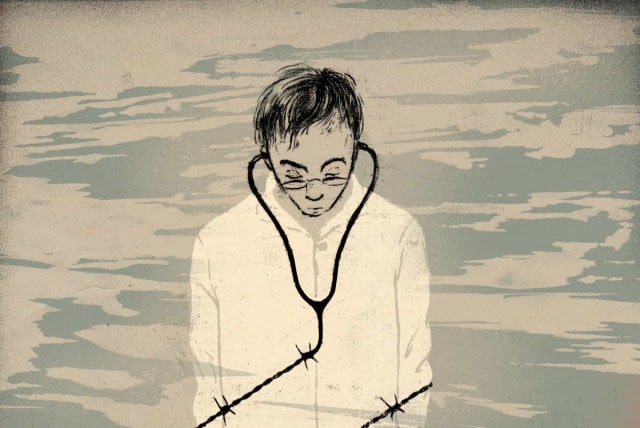
Each year, March of the Living brings roughly 10,000 people to Poland on Yom HaShoah to walk along the trails of Auschwitz-Birkenau. Due to COVID-19 restrictions, it cannot take place physically for the second year in a row.
Instead, innovative 3D technology is being used to broadcast the first virtual march. On April 8 at 7 a.m. PT, users from around the world can visit the MOTL’s website and watch participants virtually marching the traditional route from Auschwitz to Birkenau. Users can access the site on Erev Yom HaShoah April 7 to view vigils, panels and personal virtual memorial plaques on the train tracks at the entrance to Birkenau. Last year, more than 20,000 virtual plaques were written in seven languages, by people from more than 70 countries.
This year’s virtual march has a special theme centering on the medical heroes and medical resistance of the Holocaust. Many global senior health professionals— including doctors, nurses and paramedics— are participating in the ceremony in their honor.
International MOTL President Phyllis Greenberg Heideman told the Journal that after a year of a global pandemic, it’s not only fitting to recognize the work frontline healthcare workers have done to save lives but to remember the medical workers in the Holocaust who did the same.
After a year of a global pandemic, it’s not only fitting to recognize the work frontline healthcare workers have done to save lives but to remember the medical workers in the Holocaust who did the same.
“In the Shoah, the medical community risked their own personal safety, by tending to the sick and the ailing and the suffering in the camps, the ghettos and the shtetls,” Greenberg Heideman said. “We feel the global medical community — the doctors, the nurses, the technicians— of today are doing the same thing. They are really putting themselves in harm’s way in order to treat not just one person, but all of humanity.”
Numerous medical associations around the globe, including the World Medical Association, as well as those on the forefront of the fight against COVID-19, are participating virtually. Israel’s Coronavirus Commissioner Nachman Ash, as well as Idit Matot, director of anesthesia in Tel Aviv’s Ichilov Hospital and Galia Rahav, head of the infectious disease unit and laboratories at Sheba Medical Center, will be in attendance. MDA Director General Eli Beer and Haim Freund, CEO of Ezer Mitzion, are also participating. Freund is virtually marching with his mother, Holocaust survivor Tzipora Freund.
Greenberg Heideman added that Dr. Anthony Fauci, director of the US National Institute of Allergy and Infectious Diseases and Chief Medical Advisor to US President Biden, is this year’s recipient of the Moral Courage in Medicine Award. Presented by MOTL and the Maimonides Institute for Ethics and the Holocaust, the Miller Center at Rutgers University, the USC Shoah Foundation and Teva Pharmaceuticals, the award will be given on April 7 during an online session on “Medicine and Morality: Lessons from the Holocaust and COVID-19.”
Watch the event here at 4 p.m. PT:
Renowned USC medical professor, Saint Louis University chair and obstetrician, Dr. Raul Artal, is one of many Holocaust survivors grateful to see medical professionals honored at the virtual march this year. It was his mother’s story of survival and his own birth story that motivated him to enter the medical field. He was born in the breech position in a concentration camp, hidden away from authorities. He has dedicated his life to helping mothers with high-risk pregnancies so they can safely deliver their children.
“I came out with my legs first and I was unresponsive initially. My mother always encouraged me to help women not to suffer,” Artal said. “Participating in March of the Living is really a special event in my life…Celebrating life is very special.”
He has spent the last five years of his retirement in Los Angeles, opening up about his story to students, families, museums and at the March of the Living. Dedicated to “sharing information” about Holocaust history and Jewish contributions for future generations to hear, he is particularly moved that his story has come full circle. He survived, has been able to bring new life into the world, and continues to share stories of adversity to young people for the future.
“One of the most rewarding things to me has been giving talks,” he said. “At the end of [one of] my talks, a young woman came to the podium and she said, ‘do you remember me?’ I said no. She said, ‘You delivered me. I owe my life to you because my mother used to lose her pregnancies and you helped protect me and here I am.’ She was in her 20’s. It made me feel very special.”
While nothing can replace the international, in-person experience that brings thousands of Jews, non-Jews, survivors and families together annually, the MOTL president said because of the pre-recorded format, millions of people can participate and engage safely during Yom HaShoah. The ceremony and march will be accessible immediately following the event so Holocaust education can continue days, weeks and even months after the memorial holiday.
“Even though we cannot be there physically at the site of our ancestors’ needless and cruel death, we will never forget them,” Greenberg Heideman said. “We will teach the next generation…[to] anyone who will listen, not just the Jewish community but world at large, to heed the warning that unchecked, unbridled hatred, intolerance [and] bigotry can lead to something more than even your mind can grasp. We will never shake our social responsibility to make the world a better place.”
To learn more about the March of the Living’s full Yom HaShoah programming, visit their website.
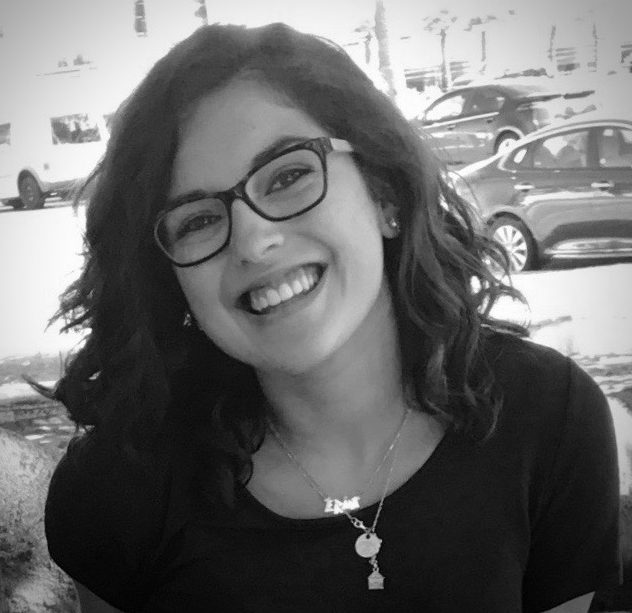









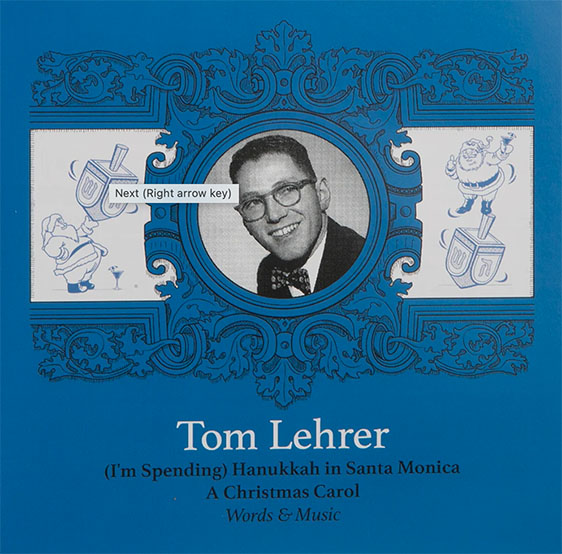
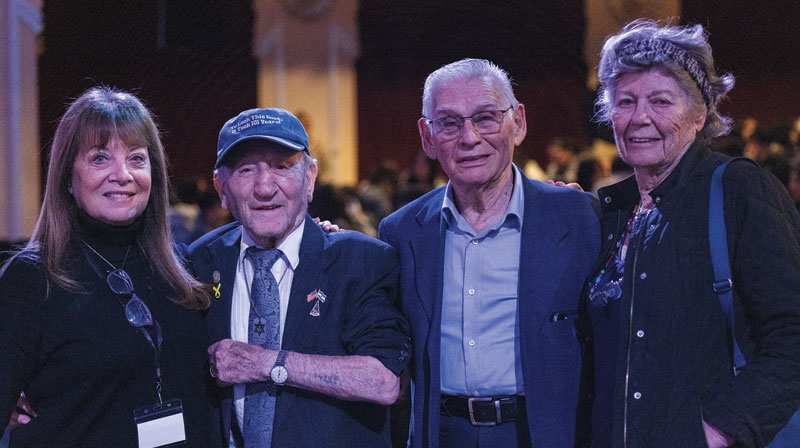

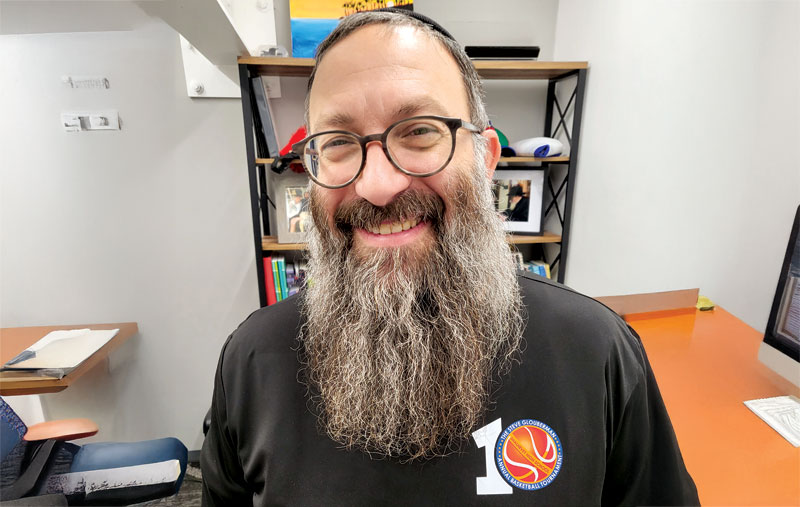


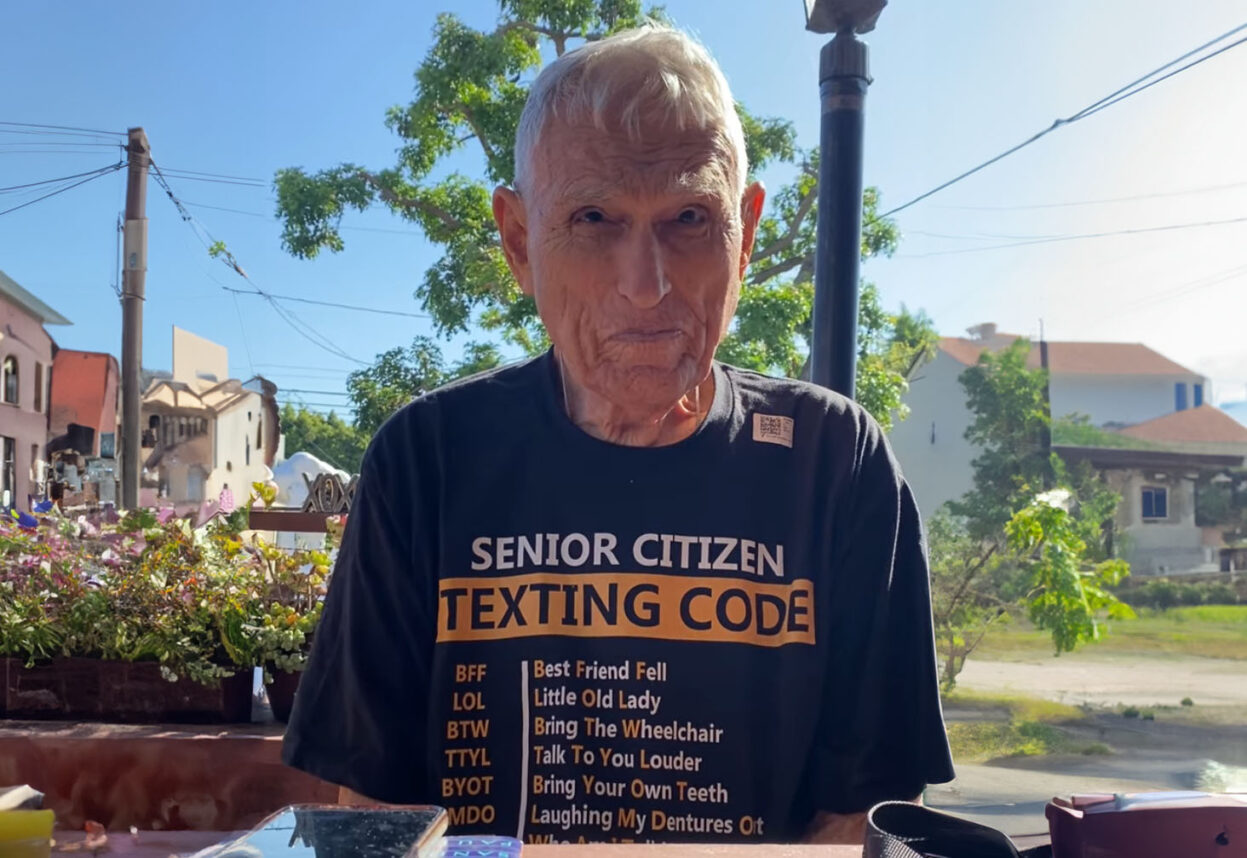
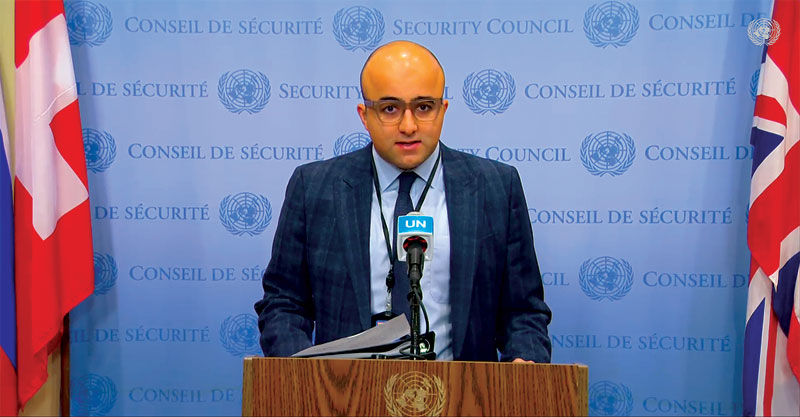




 More news and opinions than at a Shabbat dinner, right in your inbox.
More news and opinions than at a Shabbat dinner, right in your inbox.